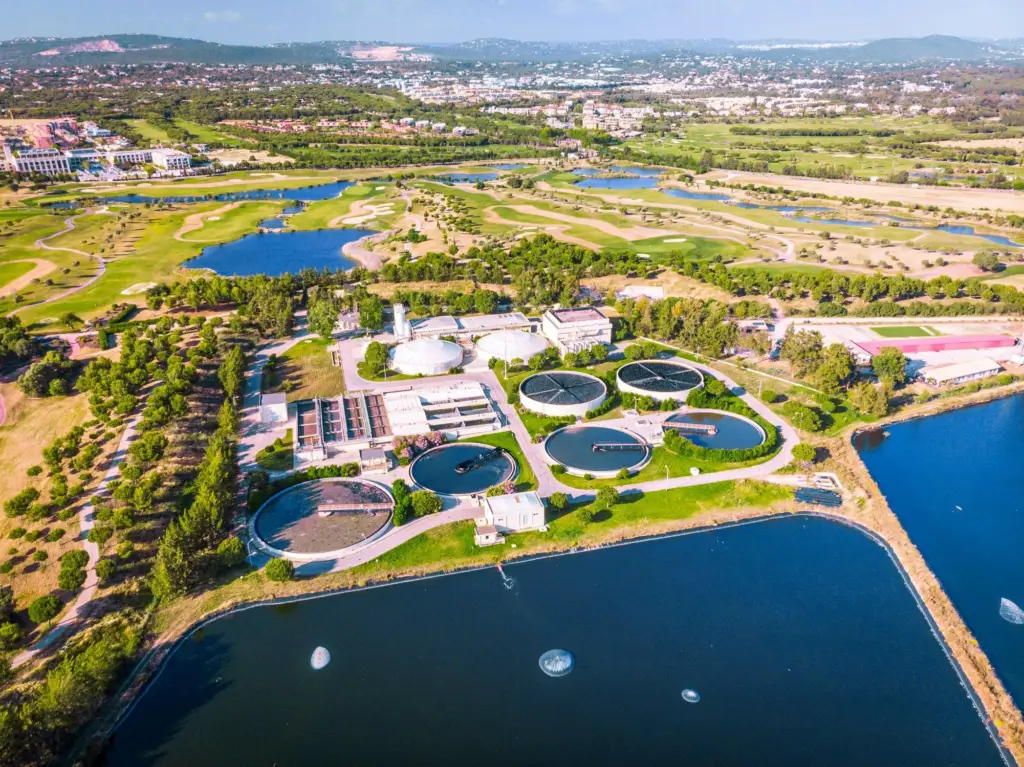
Between aging infrastructure, extreme weather and growing populations, there is no shortage of events negatively impacting the water systems and infrastructure of municipalities around the world.
“A common challenge that utilities are facing these days is [that] there’s a convergence of events that is really impacting the way they operate,” says Sam Saintonge, Principal at XPV Water Partners.
These events, including the aforementioned, range from crumbling infrastructure resultant of decades of underfunding, to a retiring workforce who is leaving with valuable institutional knowledge, more extreme weather patterns from extreme drought to floods, and growing populations and industrial inputs. That’s nothing, however, to say of the growing and stringent regulations on existing contaminants, or emerging contaminants unbeknownst to us even as little as 10 years ago.
To meet the rising demands and mitigate the effects of these challenges, there has been widespread adoption of smart technology amongst municipalities, companies, and agencies worldwide.
The smart technology in question is a combination of hardware, software and telemetry that work in conjunction to take a host of data points and transform them into actionable information for use by utilities.
XPV Water Partners provides resources and investment capital for water-related companies, many of whom have already adopted the use of smart water technologies.
One of these companies is SmartCover Systems, a California-based real-time condition assessment firm, which has leveraged smart technology and has realized a host of benefits. Chief among these benefits include visibility in their collections systems, eliminating spills, and reducing the cost of cleaning their collections systems.
Another company that has seen great success through the implementation of smart technology is Aquatic Informatics. The Vancouver-based water data management firm has allowed utilities and agencies to better manage their water data throughout the entire lifecycle, from raindrop to sewer discharge. This, then, allows them to simplify operations and streamline reporting.
Notwithstanding the specific benefits to individual companies, the overarching benefits of adopting smart technology permeates many of the world’s water management firms. This technology can help firms to prioritize their next dollar of capital expenditure, automate certain processes, facilitate the capture of institutional knowledge, and—perhaps most importantly—make this knowledge available to the next generation of utility operators.
“I think we’re just scratching the surface of adopting new technologies, and what’s exciting is that there are external factors that are going to accelerate that,” says Saintonge.
Amongst these external factors, the advancement of machine learning, microchip technology and the broader adoption of cloud-based solutions play important roles.
Undoubtedly, the future of water safety and management is rooted in the widespread adoption of smart technology. Not only do these technologies make a difference for water itself, but they play a key role in the collection of data, the reporting process, and ultimately ensuring our water management systems are future-proof.










